We all know the Netherlands is a very flat country and lies below sea level. Therefore, this area happened many big floods in the past, like Watersnoodramp in 1953. Let’s explore why the Netherlands is so flat and how the Netherlands prepared for rising sea levels.
What Happened To Make The Netherlands So Flat?
The ruler-straight horizon turns out to be explained by a mix of geography and land reclamation from the sea. Let’s examine how each of these functions.
The majority of the Netherlands is made up of low-lying, naturally flat plains, thus the name “Netherlands.” This has to do with the fact that it serves as western Europe’s drainage point. The Rhine, Meuse, Scheldt, and Eems are four significant rivers that enter the Netherlands and run via the Dutch coastline into the Wadden and North Seas.
How Is The Netherlands Below Sea Level?
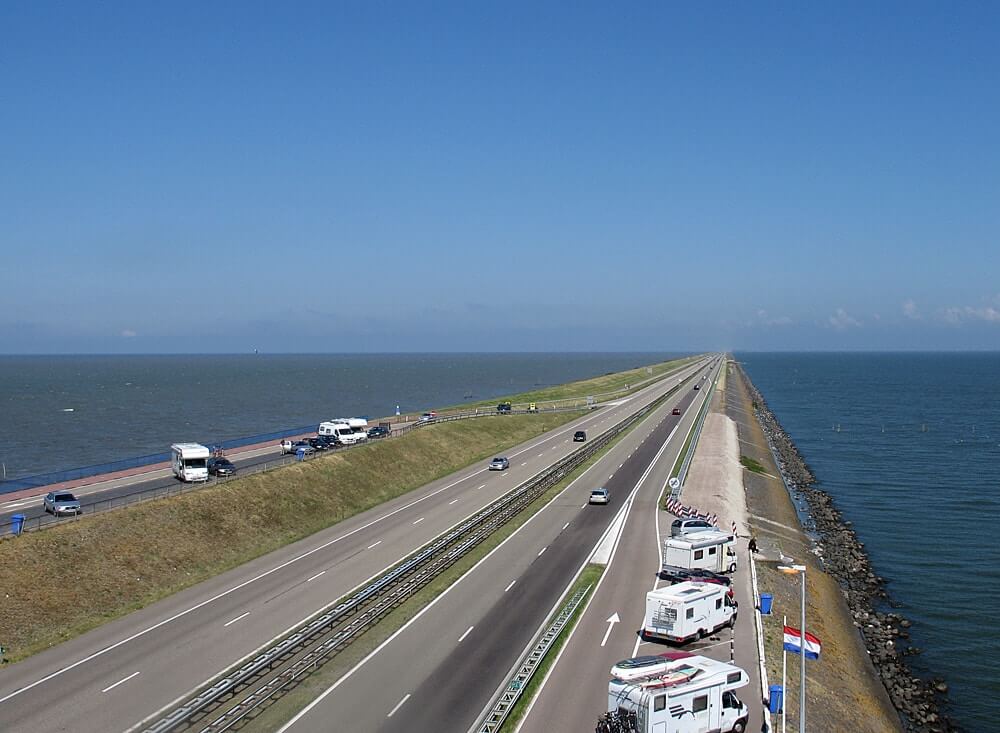
Yes, 27% of the nation is below sea level (which means that 10% of the Netherlands was already below sea level prior to land reclamation; don’t think about it too much, or you’ll wet your pants).
Unbelievably, 21% of the 17 million residents of the Netherlands live contentedly on the former seafloor. Major cities, including Amsterdam, Rotterdam, and Delft, are included in this. 6.7 meters are below sea level at the lowest point!
The Netherlands is shielded against flooding and other natural disasters by the Dutch dike system. One of the biggest systems of dikes, locks, and storm barriers constructed to defend the Netherlands is the Delta Works in the southwest of the nation.
When dams fail, flooding results. The Watersnoodramp, which occurred in 1953, was the worst flood disaster ever to hit the Netherlands. Over 2,100 people died as a result of the North Sea storm that triggered it. Areas in the provinces of South Holland, Zeeland, and North Brabant sustained significant damage in the Watersnoodramp in 1953.
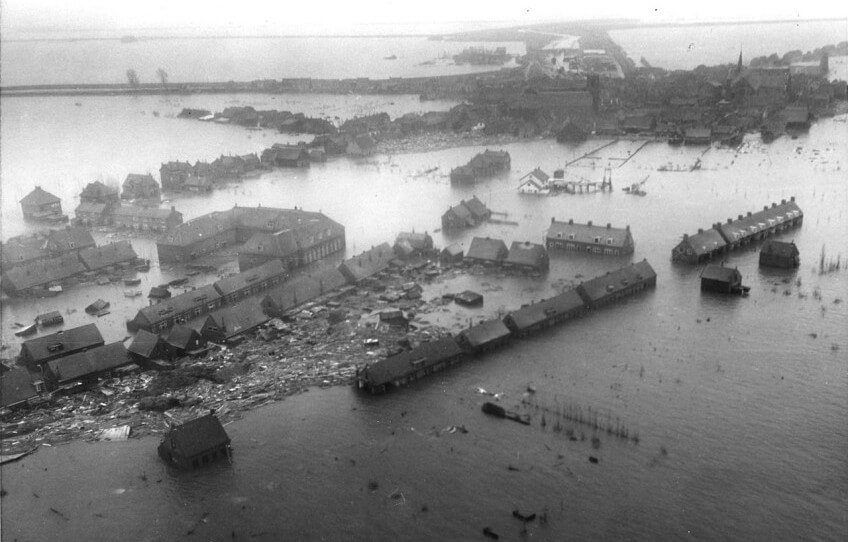
The highest point in the nation lies in the Vaals, a three-border zone where the Netherlands meets Germany and Belgium. However, it is just 323 meters high. That is inadequate in comparison to regions like the Swiss Alps, which may reach heights of 4,634 meters above sea level!
Do you know Why Does The Netherlands Have Many Windmills Than Other Countries?
How the Dutch Took Land Out Of The Sea
The Netherlands used to have 17% of its territory underwater! One of the many reasons the Dutch are known for their engineering and water management abilities is that they stole this land back to construct huge cities. And it explains why so much of Holland is flat.
What the Dutch did to accomplish this is very astounding. To partition off areas of land that were submerged and stop more seawater from rushing in, dikes were first constructed. These regions were known as polders.
Windmills were then employed to pump the seawater out of the polders while vegetation was planted to stabilize the ground. The soil in polders is fertile, clay-rich, and indeed, incredibly flat.
Is The Netherlands Sinking?
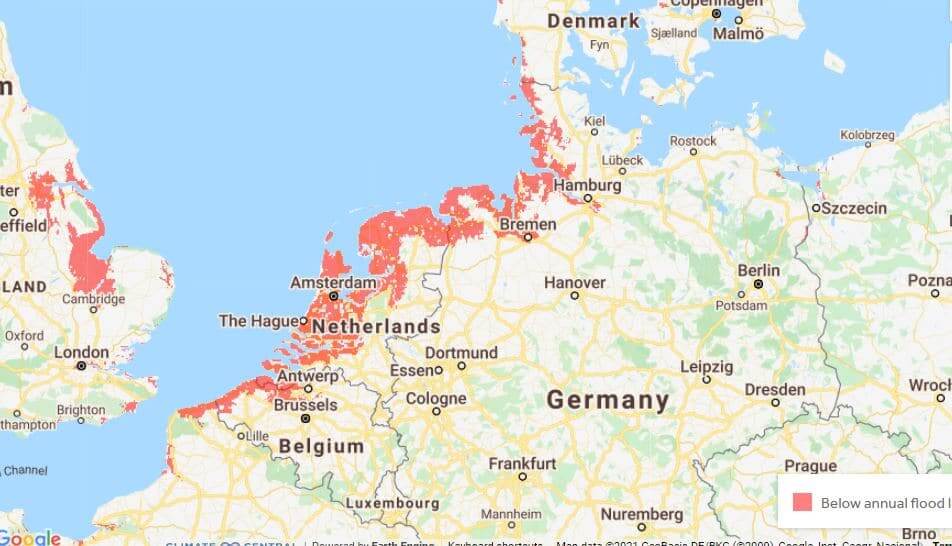
You may have heard that a large portion of the Netherlands is constructed on sinking ground; sadly, this is the case. The soil is sinking up to seven millimeters per year as a result of the continuous drainage needed to keep some areas of the country dry, which is now accomplished by enormous water pumps rather than windmills.
Another factor in the nation’s decreasing trend is climate change. Warmer summers cause the clay-rich terrain to dry out more quickly, which causes it to sink more quickly.
This may result in serious issues with Dutch infrastructure, including sinkholes, unstable roadways, cracked foundations, and an elevated danger of flooding. In Amsterdam, a number of the older quays and canals have already given way. In an effort to combat this, several Dutch cities have subterranean poles added for reinforcement. Older homes were constructed on deteriorating timber piling that can cost millions of euros to fix.
Read more Why Does The Netherlands Have Much Wind?
How Does The Netherlands Prepared For Rising Sea Level?
The Dutch government does not deny climate change or have any plans to erect any barriers, in contrast to certain politicians who wear bleached cats as toupees.
Senior government advisor Harold van Waveren told the New York Times, “We can’t just keep building bigger levees or we’ll end up living behind 10-meter barriers.”
Instead, as part of a project dubbed Room for the Water, the Dutch are constructing inland reservoirs to hold flooding. The Dutch are hoping to keep doing what they have always done best, which is to coexist with water rather than attempt to combat it.
But there has also been opposition to the Room for the Water initiative. Noordwaard in the southwest of the Netherlands, which was formerly a prosperous farming area, is now only a wet marshland as a result of being selected as a flood-catchment zone for the project.
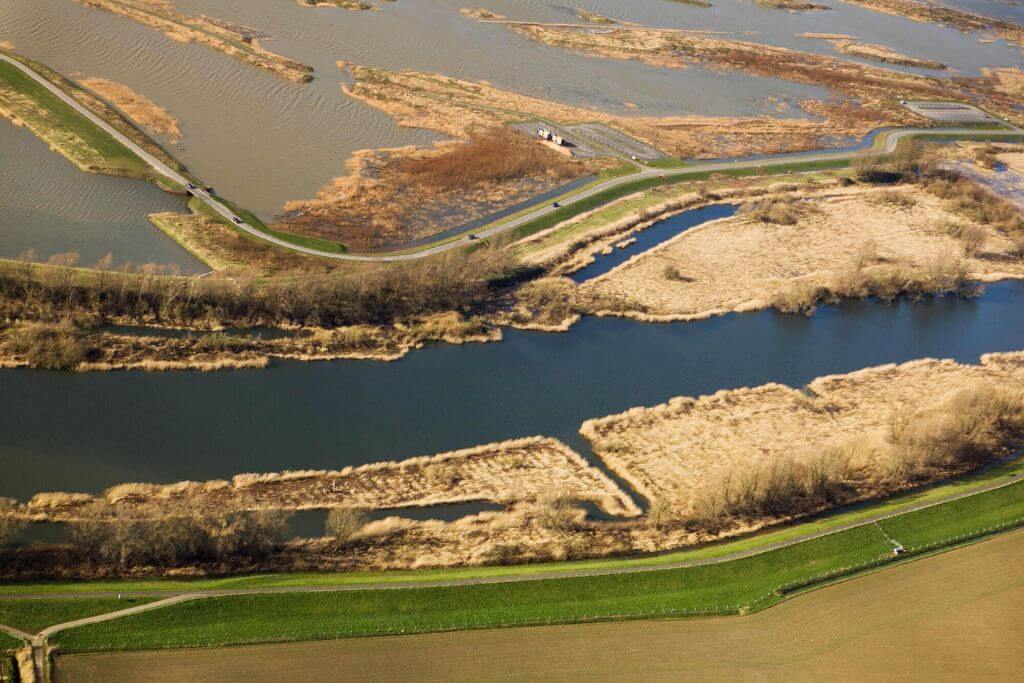
People were displaced, homes were destroyed, and some people worry that this will be the future for many Dutch communities due to rising sea levels. There are questions about how sustainable the Room for the Water plan actually is.
You now know that the Netherlands is flat due to its geographic location as well as land reclamation. The country continues to invest a lot of resources—including money, brainpower, and water—into maintaining the dryness of its cities while combating the forces of nature.
Interesting facts about 10 Indications That You Were Born And Raised In The Netherlands
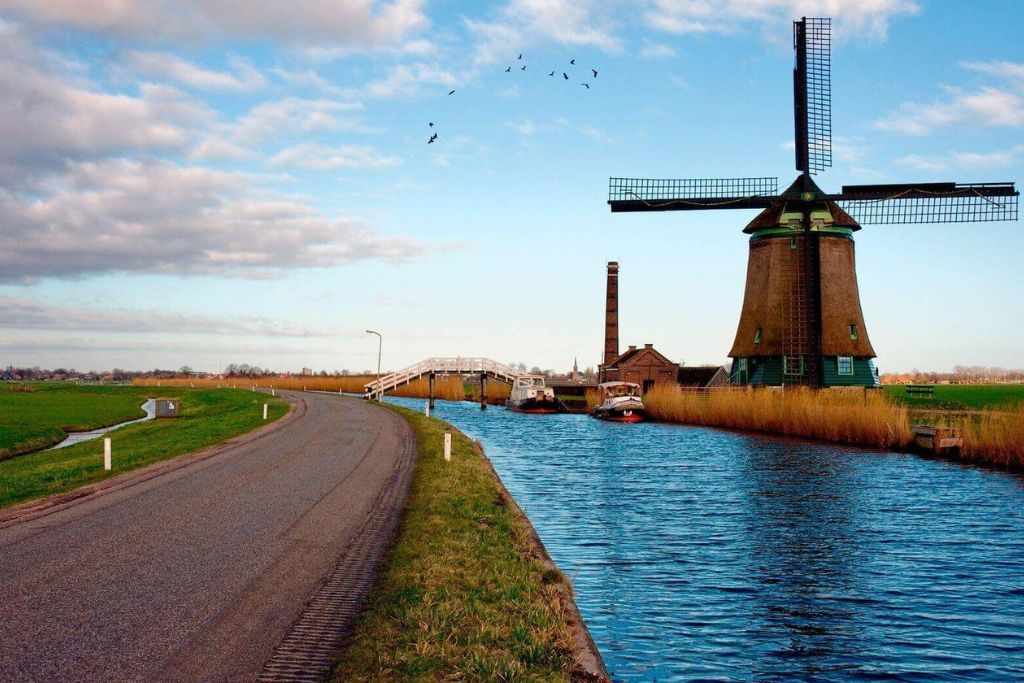
Excellent article. The Netherlands is the crucible, or incubus, for the rest of the world in the effects of climate change.